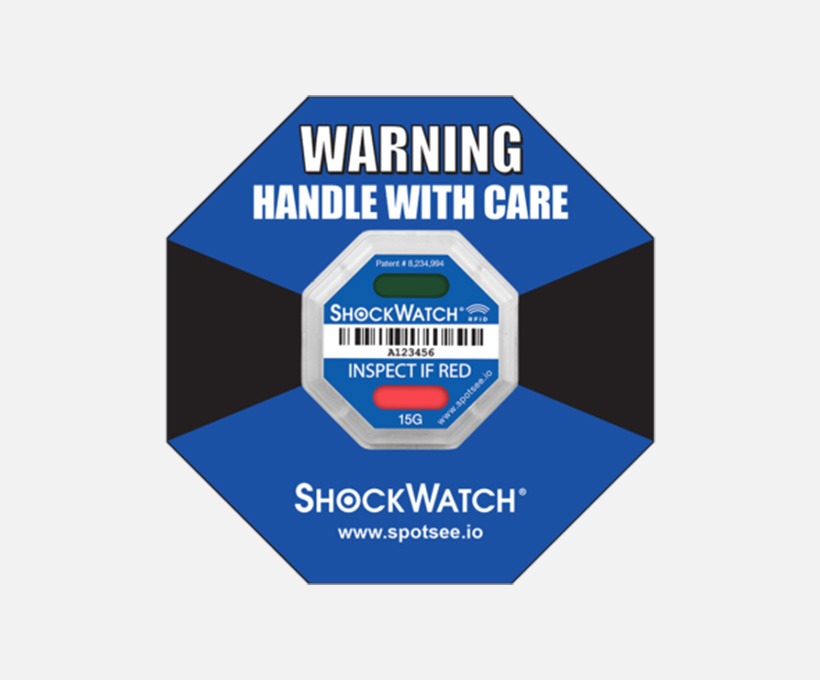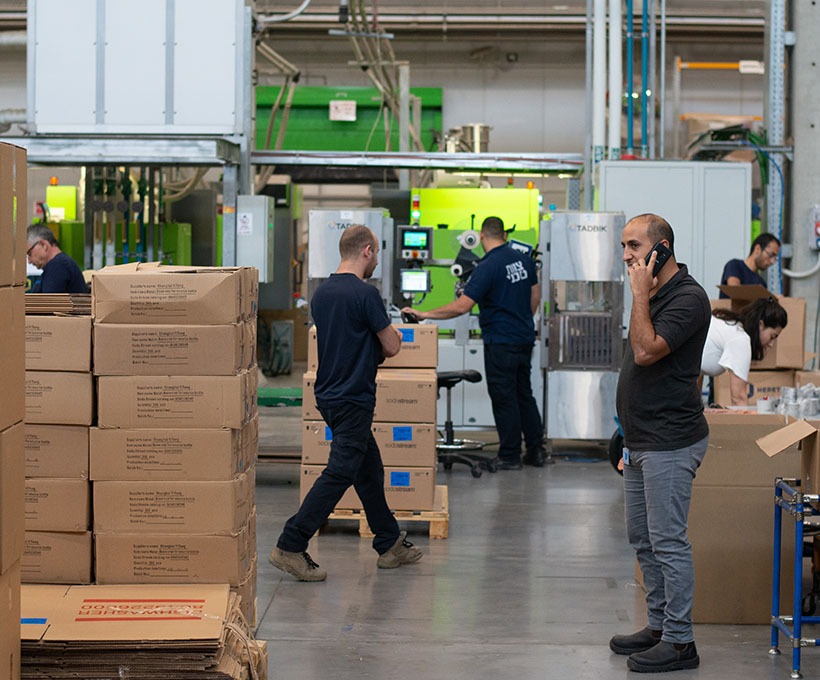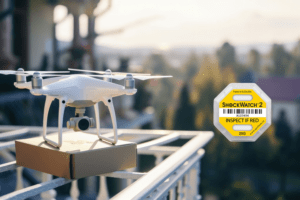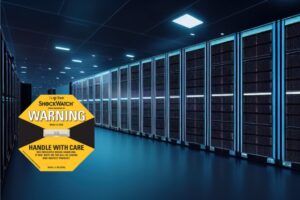It is an understatement to say that global supply chains are complex. Just look at the pharmaceutical industry. More than 60,000 suppliers in 80 countries contribute to Roche’s more than 1,000 diagnostic tests, tools and medicines. In addition, in the aerospace sector, Boeing’s smallest commercial jet 737 has 367,000 parts from hundreds of suppliers.
Complexity also extends to other industries. Even seemingly simple products like wind turbines start with rare earth elements typically mined in Australia or China, are manufactured by components made by multiple suppliers and shipped around the world. Even Alaskan-caught king crabs need to go through multiple handovers to become a favorite of seafood restaurants.
That’s why accountability in the supply chain is so important. In order to achieve supply chain improvement – saving time and money by reducing damage – you need to know not only what’s going on, but who’s regulated. That’s why you need supply chain monitoring.
Shock, Vibration and Temperature Affect Quality
For each of these products, deal with the problem. Events involving shock, vibration, or temperature offsets can cause damage, require repair, or make the product unsafe or even fatal. Although these events can occur at any time, products are most at risk during the handover process – when they are loaded onto ships, trains or trucks – and temperature-sensitive chemicals and drugs when they sit on the tarmac.
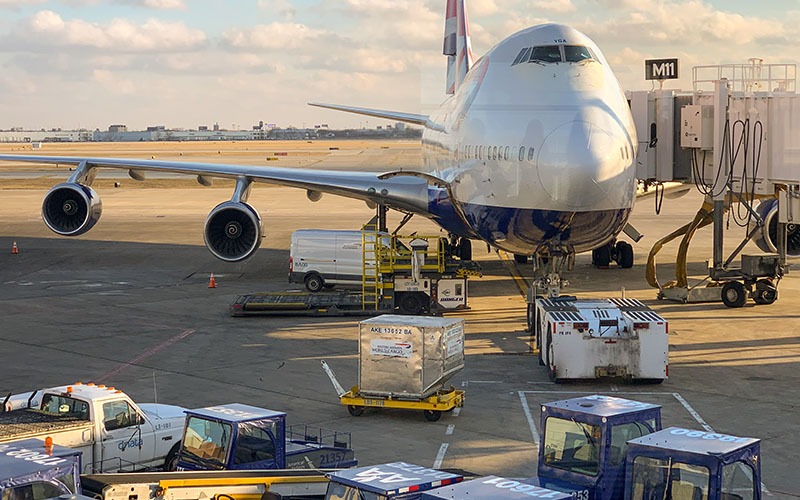
Implement an Overall Damage Prevention Plan
Observing damage trends and associating them with location, carrier, route, lane, or time of year can help you reduce risk and optimize your entire supply chain.
For example, an airline’s Auxiliary Power Unit (APU) provides additional power to the ignition and is often damaged during flight. It installed a cellular impact monitor and determined the exact time, location and extent of the damage. Further investigation revealed that the APU’s design was able to withstand the impact of 9G, but the impact was 13G, as evidenced by SpotSee’s supply chain monitoring. By understanding this, the airline is able to write more reliable component specifications and improve its APU installation solutions to prevent subsequent damage.
Temperature is important for food, whether transported around the world or across cities. Foods such as eggs, dairy products, and even vegetables and grains need to be kept below 40 degrees F or above 140 degrees F to slow the growth of dangerous bacteria. Fresh seafood should be kept between 30 and 32 degrees F. Temperature is so important that the FDA recommends that seafood packers add a temperature indicator to their packaging to show if the proper temperature has been maintained. The goal is to prevent the consumption of seafood contaminated with Botox, which grows at warm temperatures.
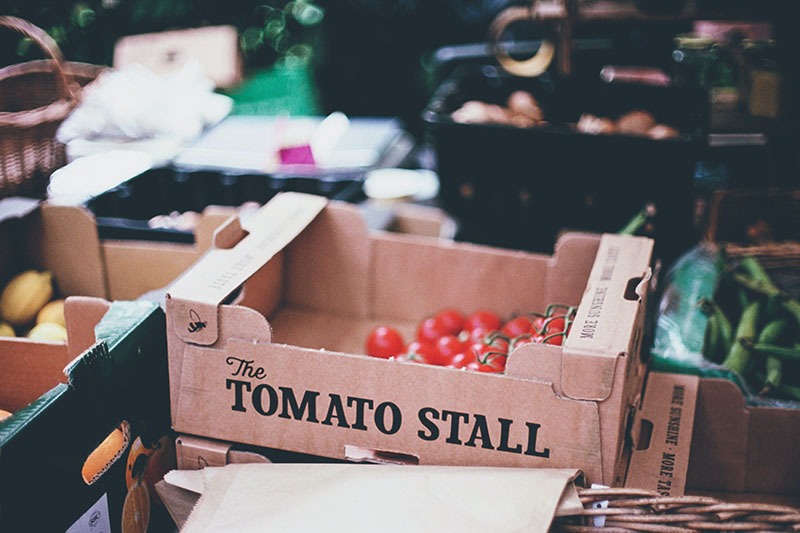
Many monitoring options are available
If you are primarily concerned with shock and vibration and need in-depth engineer-level metrics on the acceleration, duration, and magnitude of damage events, ShockLog Cellular (also available for USB and satellite connections) meets the requirements. Suitable for assets weighing up to 250 tons, can record 870 events, recorder battery life of 18 months, connecting battery life of more than 90 days. Additional temperature, pressure, humidity, tilt, rolling and GPS position monitoring modules can be used when additional parameters need to be monitored.
Both SpotBot Cellular and ShockLog Cellular data can be accessed from SpotSee Cloud for real-time analysis of short trips. It can be used wherever there is cellular service-no roaming charges.
ShockWatch RFID is an option when you only need access to/do not need access to information. If the product is hit by a 5 to 75G impact, it turns red so that the operator knows which items need to be checked and which can be entered into the production line. As part of an existing ERP system, passive RFID chips can use specialized devices or automatically scan projects. Simple and effective ShockWatch RFID indicators reduce damage in the supply chain by 40 to 60 percent without the need for wires or batteries.
